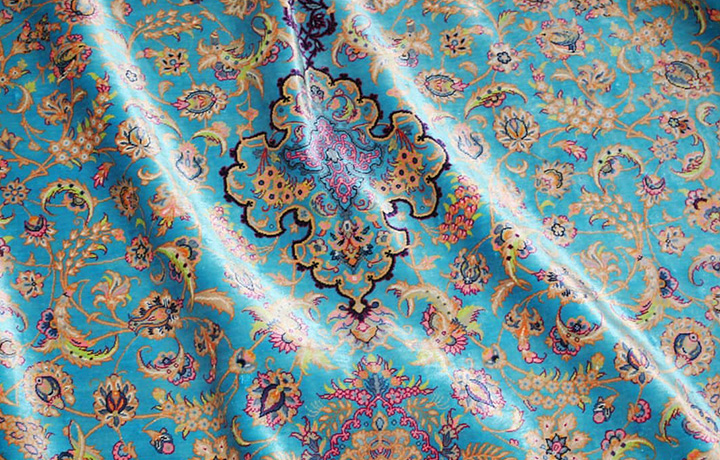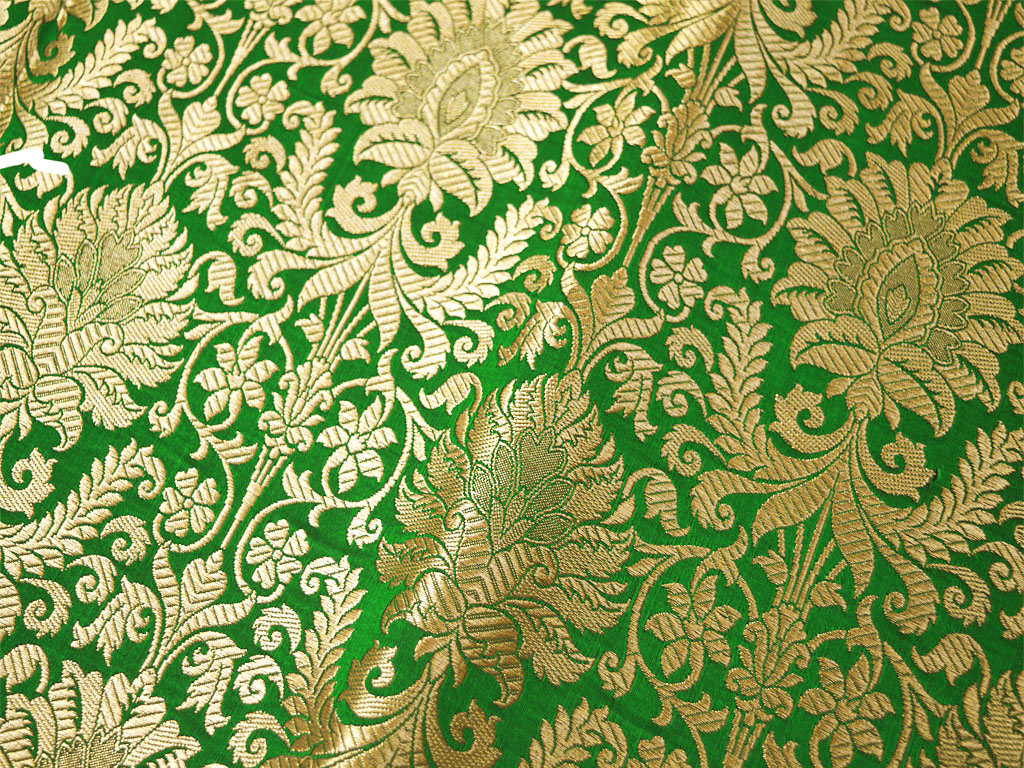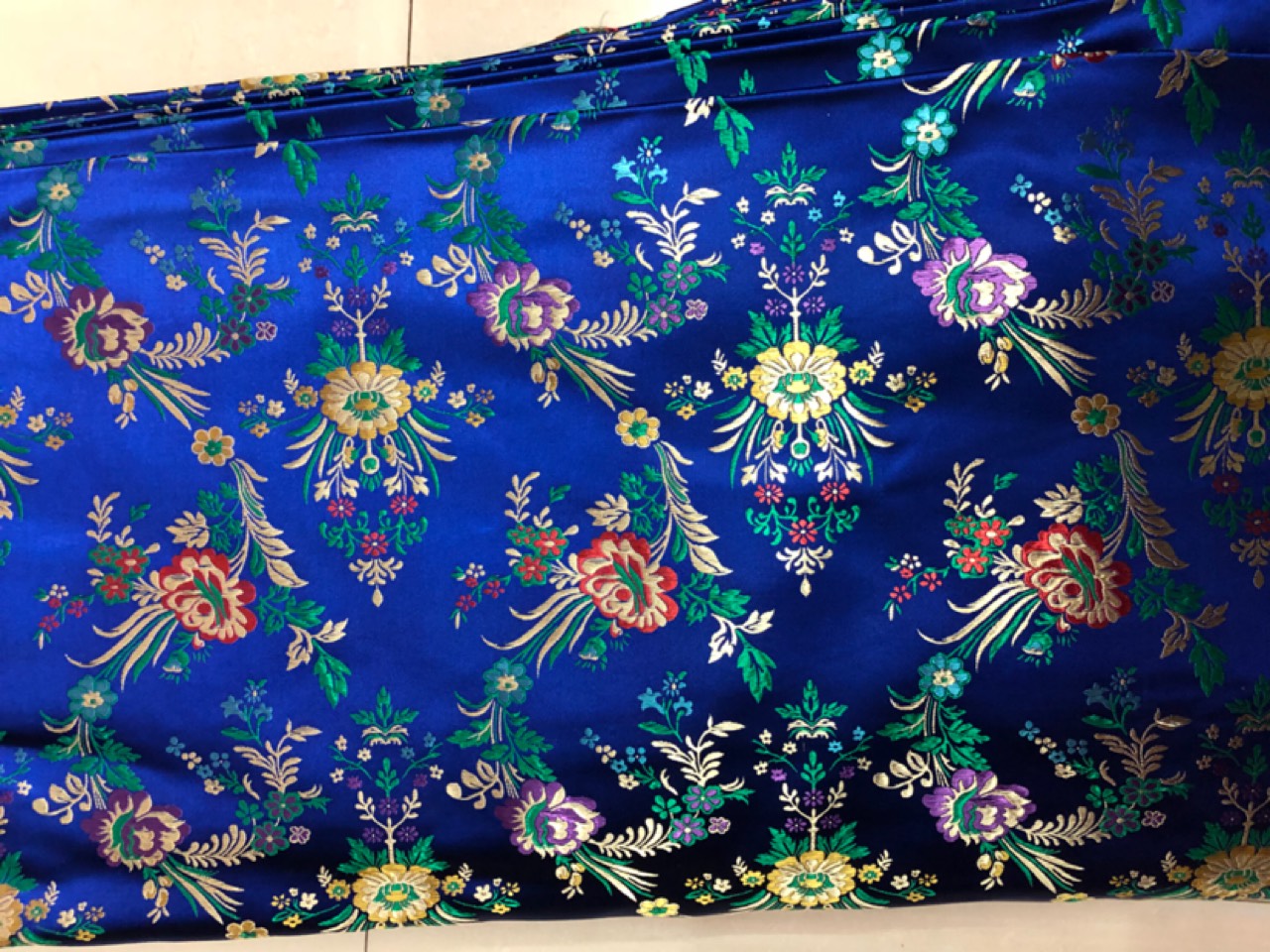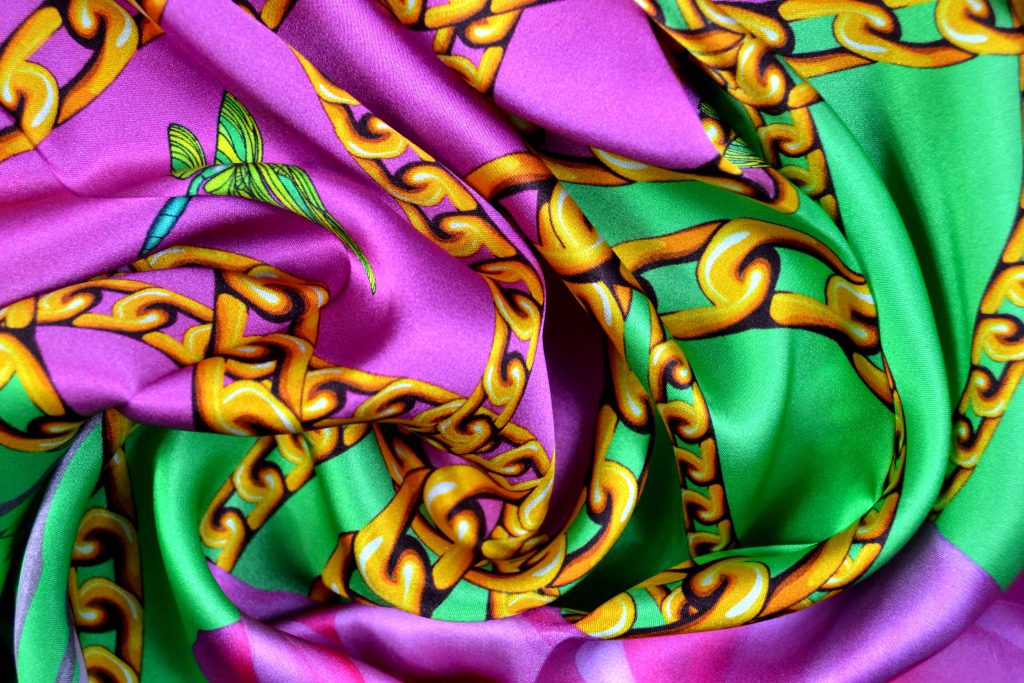Today, our country is one of the largest producers and exporters of silk yarns. Manufacturers send this product to other countries after meeting the needs of domestic markets. Because all manufacturers of red silk thread have been able to satisfy customers abroad.
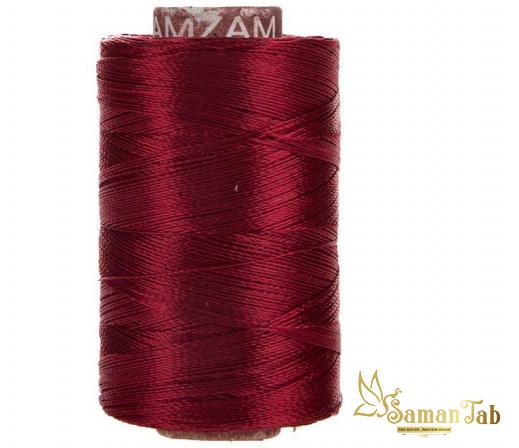
5 Usages of Silk Thread in Industrial
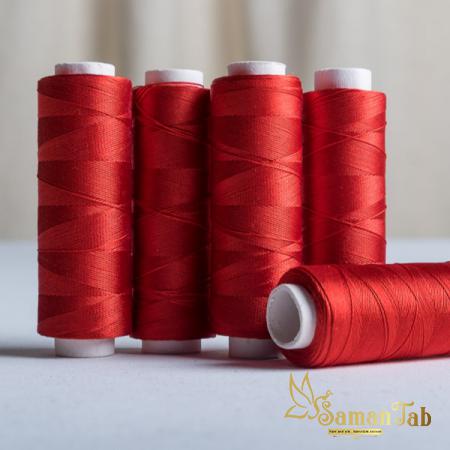 usage of silk thread: These yarns are actually made from the chemical cellulose during the chemical process, and because they have a shiny, uniform appearance like natural silk, they are known in industry and trade as rayon or viscose. And are used for various types of embroidery and other items depending on the design.
usage of silk thread: These yarns are actually made from the chemical cellulose during the chemical process, and because they have a shiny, uniform appearance like natural silk, they are known in industry and trade as rayon or viscose. And are used for various types of embroidery and other items depending on the design.
The silk threads that are presented in embroidery today are raw silk for hand embroidery which is presented in the form of spools and spun silks for machine embroidery. Some of them have a very high warp which is known as a chain. Slight strength. This yarn is very expensive due to its brilliance and durability as well as the production process.
Silk yarn is used in various textures such as luxury fabrics, kilim weaving, crocheting, carpet and rug weaving and carpet weaving. dark red silk thread is usually more popular. Also, one of the most popular and expensive types of yarn is silk, which has been used as a raw material for exquisite fabrics for many years. Silk fibers are very light and shiny and wear or wrinkle very late,
and because they can not pass heat, they are generally used as raw materials for sewing fabrics and winter clothes. Of course, the point that needs to be mentioned here is that silk yarns can be used for summer and winter clothes due to their special characteristics.
The Differences between Original Red Silk Thread and Synthetic Ones
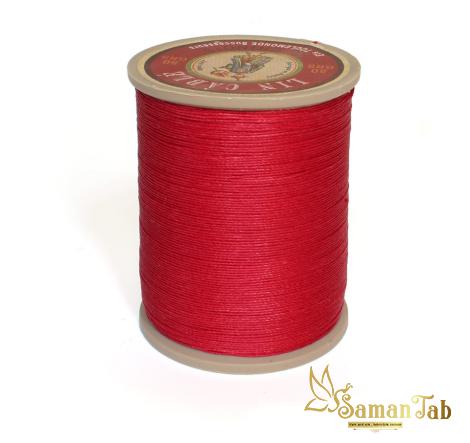 1- The first and easiest way to distinguish natural silk from synthetic is to touch and rub it. Natural fibers are produced by heat rubbing that synthetic fibers are not able to produce. So rub your palm lightly on the fabric or carpet and any other product made from these fibers. If after a while you feel your palm warm, the product is definitely made of natural silk fibers.
1- The first and easiest way to distinguish natural silk from synthetic is to touch and rub it. Natural fibers are produced by heat rubbing that synthetic fibers are not able to produce. So rub your palm lightly on the fabric or carpet and any other product made from these fibers. If after a while you feel your palm warm, the product is definitely made of natural silk fibers.
2. The second way to distinguish natural silk from synthetic is to pipe a corner of the fabric and cut it through a narrow loop. If the fabric is easy to remove, it means that natural silk has been used in it, but if it is difficult to pass through the ring or it has a low compression, then it will be made of synthetic fibers.
3. The third method to distinguish natural silk from synthetic is to burn a small corner of its fibers. Natural silk fibers become flammable after approaching and turn to ash very quickly, and the ash color is black and gives the smell of burning hair, but the synthetic silk fibers, after burning gray, remain white, soft and gypsum, and it smells like To burn paper. You can also try this method on silk carpets.
4. You can also use copper sulfate to distinguish between these two types of fibers. Pouring copper sulfate on natural silk fibers solves it, but the synthetic type will not react with copper sulfate and will remain the same. Proteins that make up natural silk fibers: This type of yarn is made from silkworm and contains the proteins glycine, alanine, serine, valine, tyrosine and glutamic acid, and weaving these fibers together can produce a very strong rope. This rope is capable of being a giant plane. Lift.
Distributing Vintage Red Silk Thread for Sale
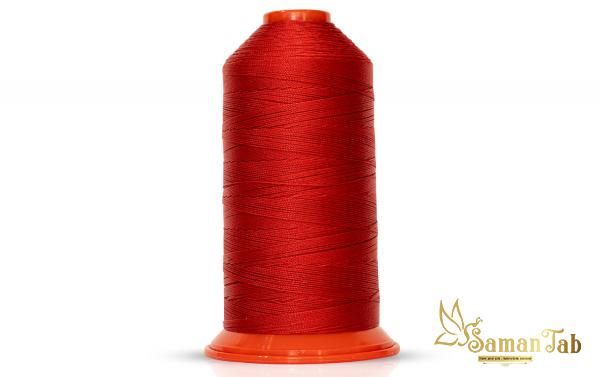 Today, there are many stores that are active in the field of distribution and distribution of silk yarns. And as you know, most stores today have a sales site. Our site is one of the largest distributors of silk cocoons, yarn and silk fabrics. You can contact the sales consultant to find out the silk thread cost and also to order the product.
Today, there are many stores that are active in the field of distribution and distribution of silk yarns. And as you know, most stores today have a sales site. Our site is one of the largest distributors of silk cocoons, yarn and silk fabrics. You can contact the sales consultant to find out the silk thread cost and also to order the product.

